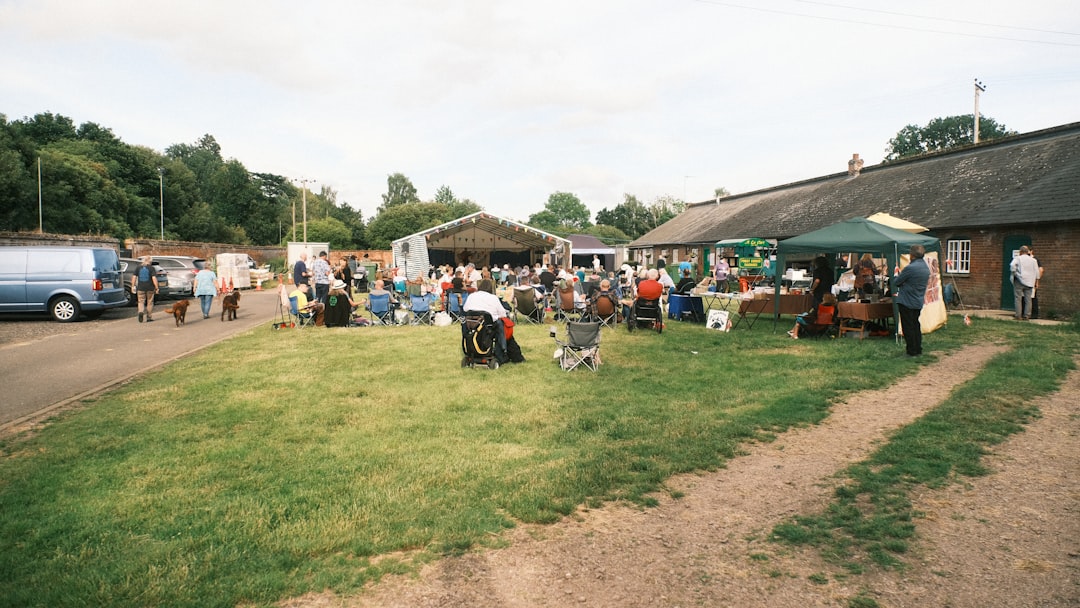Food photography is a highly specialized genre of photography that combines the art of photography with the art of cooking. Capturing the perfect image of a beautifully plated dish requires skill, patience, and attention to detail. In this blog post, we will explore the art of food photography and provide some tips for aspiring food photographers.
One of the key elements of successful food photography is lighting. The right lighting can make all the difference in how a dish appears in a photograph. Natural light is usually the best option for food photography, as it provides a soft, diffused light that enhances the colors and textures of the food. However, if natural light is not available, artificial lighting can also be used with good results. To achieve the desired effect, it is important to experiment with different lighting setups and angles to find the perfect balance.
Composition is another important aspect of food photography. A well-composed photo can draw the viewer in and create a sense of texture and depth. When composing a food photograph, it is important to pay attention to the arrangement of the food on the plate, as well as the background and props. The rule of thirds can be a helpful guideline for composing a shot, as it can help create a balanced and visually appealing image.
Props can also play a key role in food photography. The right props can help set the mood and create a sense of context for the food being photographed. When choosing props, it is important to select items that complement the dish and enhance its presentation. Simple, neutral-colored props are often best, as they can help draw focus to the food itself. However, props with interesting textures or shapes can also add visual interest to a photograph.
Color is another important element to consider in food photography. The colors of a dish can evoke certain emotions and create a mood for the viewer. When selecting colors for a food photograph, it is important to consider how they will interact with each other and how they will be perceived by the viewer. Bright, vibrant colors can create a sense of freshness and vitality, while muted, earthy tones can evoke a sense of comfort and warmth.
Texture is also an important element to consider in food photography. The texture of a dish can add depth and interest to a photograph, as it can create visual contrast and tactile appeal. To highlight the texture of a dish, it is important to consider how it will be lit and how it will be presented in the photograph. Soft, diffused lighting can help enhance the texture of a dish, while harsh lighting can create unflattering shadows.
Depth of field is another important consideration in food photography. Depth of field refers to the range of distances over which objects in a photograph appear sharp. By using a shallow depth of field, a photographer can draw focus to a specific area of the image, such as the main subject or a particular detail of the food. This can help create a sense of depth and dimensionality in the photograph, as well as draw attention to the most important elements of the dish.
Post-processing is another important aspect of food photography. While a well-composed and well-lit photograph can look beautiful straight out of the camera, post-processing can help enhance the image further. By adjusting the exposure, contrast, color balance, and sharpness of a photograph, a photographer can create a more polished and professional-looking image. It is important to remember, however, that post-processing should be used sparingly and thoughtfully, as over-editing can detract from the natural beauty of the food.
In conclusion, food photography is a unique and challenging genre of photography that requires a combination of technical skill, creativity, and attention to detail. By paying attention to lighting, composition, props, color, texture, depth of field, and post-processing, aspiring food photographers can create stunning images that showcase the beauty and artistry of food. Whether you are a professional photographer or a food enthusiast looking to capture your culinary creations, the art of food photography offers endless opportunities for creativity and expression.

